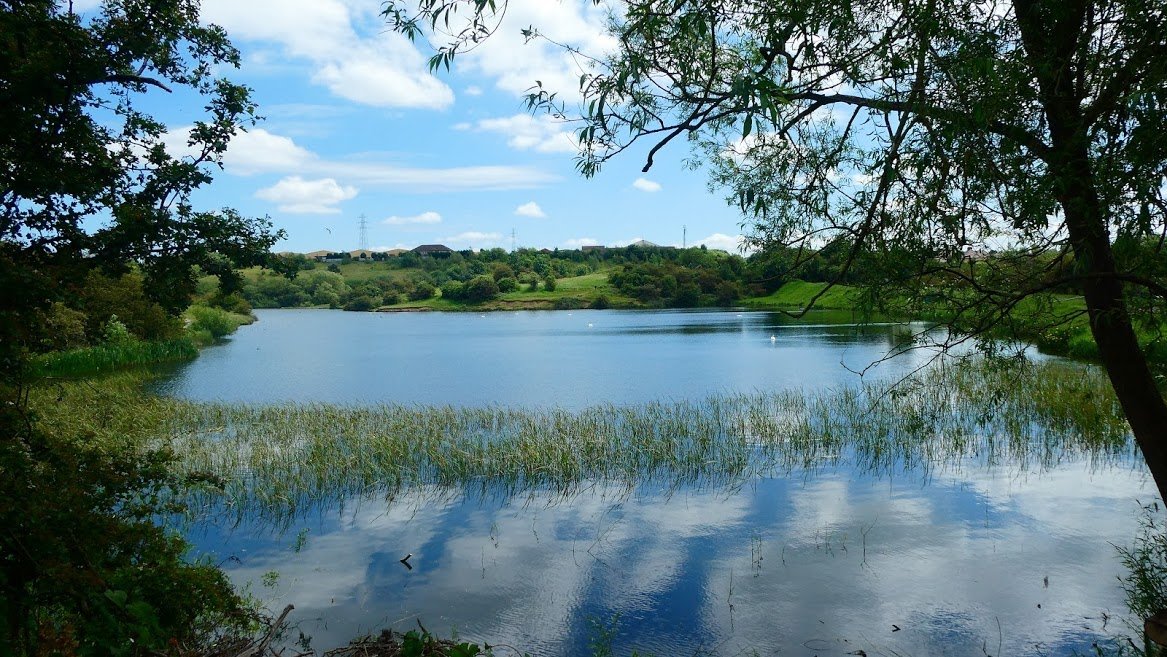
Local Wildlife Sites
Introduction
There are a large number of statutory and non-statutory nature conservation sites in Birmingham and the Black Country that are designated for their nature conservation and/or geological importance.
Statutory Sites
These include sites that are important on a European Scale (Special Areas of Conservation or SACs) as well as sites that are important on a national scale (Sites of Special Scientific Interest or SSSIs). These are statutory sites, as the important features of these sites are protected by law from development and other damage.
Special Areas of Conservation (SACs)
These are areas containing habitat types and/or species, which are rare or threatened within a European context. These areas are designated under the European Directive commonly known as the ‘Habitats’ Directive.
No. Sites in B&BC
20
Total Area (Ha)
1157.0
No. Sites in B&BC
45
Total Area (Ha)
1323.5
No. Sites in B&BC
2
Total Area (Ha)
0.6
Sites of Special Scientific Interest (SSSIs)
This is a Statutory designation relating to sites of interest for their flora, fauna, geological, or physiographical features, notified by Natural England.
Local Nature Reserves (LNRs)
This is a Statutory reserve designated for educational and amenity purposes by the local planning authority in liaison with Natural England.
Non-statutory Sites - Local Sites
Birmingham and the Black Country also contains a large number of sites which are important for their nature conservation value, which are not covered by the above statutory designations - these do not have a statutory status, but are recognised in the planning system. Sites such as these are known as Local Sites.
Nationally there are a number of different terms in use to describe Local Sites. In Birmingham and the Black Country the titles ‘Sites of Importance for Nature Conservation’ (SINCs) and ‘Sites of Local Importance for Nature Conservation’ (SLINCs) are used. These include both wildlife sites and geological sites.
SINCs and SLINCs are identified through a process of site survey, and then, using the information gathered, evaluation against the Local Sites criteria.
Due to the dynamic characteristics of the landscape, sites may lose or gain ecological interest. This means that there may be sites of importance that we may not yet know about.
Sites of Importance for Nature Conservation (SINCs)
This is a Non-statutory designation for sites of Birmingham and the Black Country importance, identified by the Local Sites Partnership.
No. Sites in B&BC
231
Total Area (Ha)
2561.2
Sites of Local Importance for Nature Conservation (SLINCs)
Non-statutory designation for sites of Borough importance, identified by the Local Sites Partnership.
No. Sites in B&BC
Total Area (Ha)
459
2317.9
Potential Sites of Importance (PSIs)
Potential Sites of Importance (PSIs) have not yet been assessed against the Local Wildlife and Geological Sites selection criteria but may potentially support species of note, areas of important semi-natural habitat or valuable geological features. PSIs are identified primarily through the use of aerial photography, but also through reference to old maps, existing records and local knowledge. Commonly these sites will not have been subject to the survey work necessary to undertake a Local Wildlife and Geological Sites assessment. The local sites partnership strongly recommends that local site assessments are considered whenever there is a proposal to develop a PSI (or significantly change its use). Carrying out a local sites assessment of PSIs should be an integral part of the (pre)application planning process as this helps with determining whether these areas meet the criteria for designation thus ensuring alignment with national and local policy, namely those regarding Local Nature Recovery Strategy ambitions.
Other Sites
No. Sites in B&BC
2322
Total Area (Ha)






